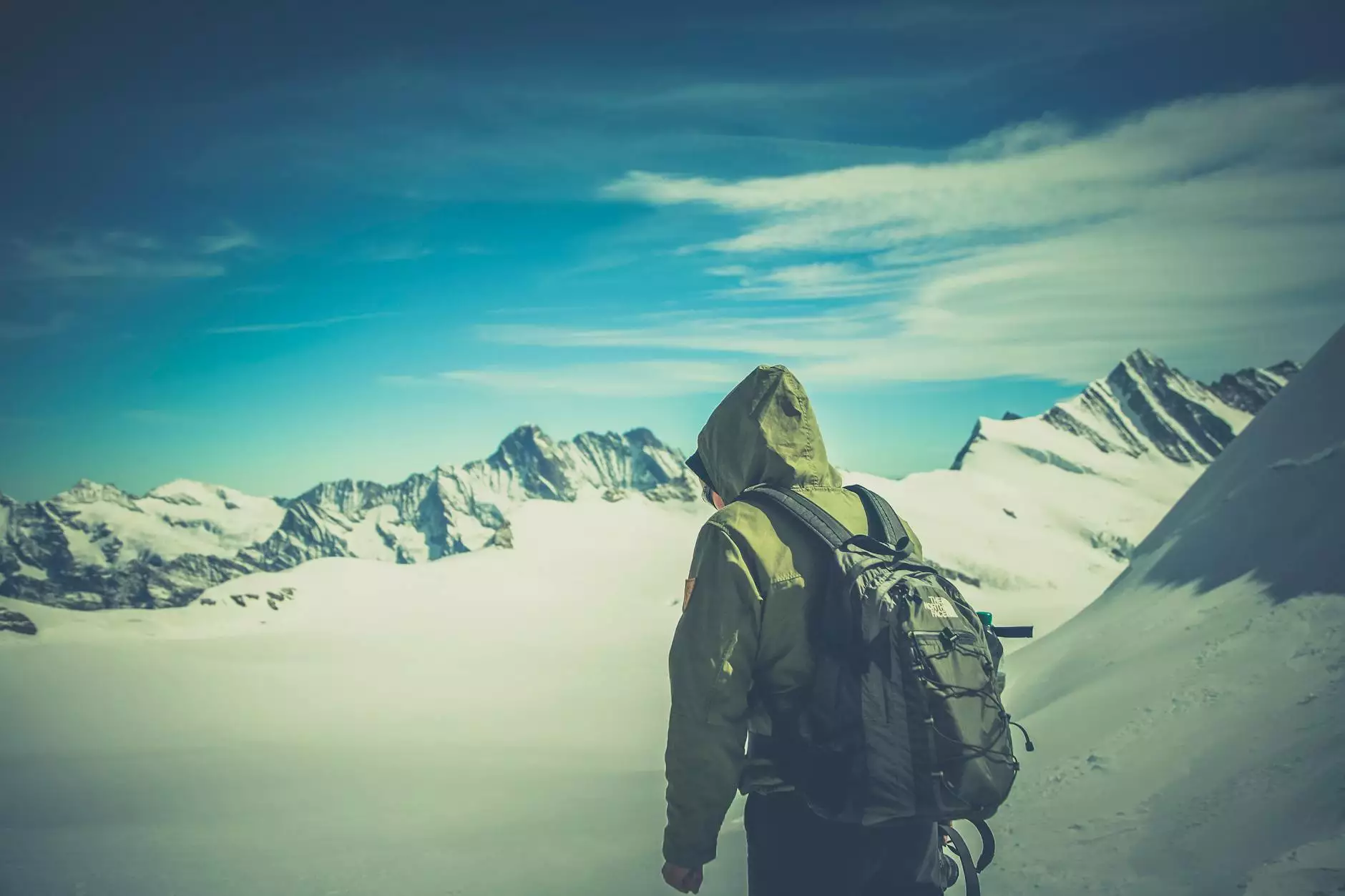Pisang Peak: A Trekker's Paradise in Nepal

Pisang Peak stands proud at an elevation of 6091 meters (20,000 feet) and is one of the most stunning trekking destinations in the Annapurna region of Nepal. Nestled amidst the majestic backdrop of the Himalayas, it offers trekkers breathtaking views, challenging terrains, and an unmatched adventure experience. Whether you are an experienced climber or an enthusiastic hiker, Pisang Peak caters to all levels of trekking experiences.
The Allure of Pisang Peak
With its unique combination of natural beauty, cultural richness, and adventure opportunities, Pisang Peak attracts travelers from all corners of the globe. The journey takes you through picturesque villages, lush green valleys, and rugged mountains, providing an immersive experience that can leave any traveler spellbound.
Geographical Significance
Located close to the town of Pisang, we find this magnificent peak. The trek to Pisang Peak usually begins from teh village of Besisahar and follows the iconic Annapurna Circuit. The route is well-defined with trails leading through charming villages like Bahundanda, Chamje, and Jagat before arriving at Pisang. The geographical position of Pisang Peak provides trekkers with exceptional views of the surrounding Annapurna mountain range, including the Annapurna II, Annapurna IV, and the majestic Gangapurna.
Planning Your Trip to Pisang Peak
When planning a trip to Pisang Peak, it's essential to prepare thoroughly to ensure a remarkable climbing experience. Here are some crucial factors to consider:
- Best Time to Visit: The ideal season for trekking to Pisang Peak is during the pre-monsoon (March to May) and post-monsoon (September to November) periods. During these months, the weather is generally stable with clear skies, making the trekking experience even more enjoyable.
- Trekking Permits: To climb Pisang Peak, climbers need to secure both the Annapurna Conservation Area Permit (ACAP) and the Trekkers’ Information Management System (TIMS) card.
- Physical Preparation: As the trek to Pisang Peak is physically demanding, participants should engage in regular cardiovascular and strength training well ahead of their journey.
- Equipment & Gear: Ensure that you have all the necessary trekking gear, including quality boots, waterproof jackets, warm clothing, and climbing gear.
The Climbing Route
The typical itinerary for exploring Pisang Peak can span 15-20 days, depending on your chosen route and pace. Here’s a brief overview of the key phases of the expedition:
- Day 1-3: Arrival in Kathmandu: Begin your adventure by exploring the vibrant capital of Nepal, where you can immerse yourself in the local culture and prepare for your trek.
- Day 4: Drive to Besisahar: From Kathmandu, take a scenic drive to Besisahar, the gateway to the Annapurna region, and kick off your trek towards Bahundanda.
- Day 5-7: Trekking to Pisang: Follow the trails through charming villages and stunning landscapes. You will experience the hospitality of the local Gurung and Tamang communities.
- Day 8: Acclimatization Day: Spend a day at Pisang to acclimatize and explore the nearby areas. The stunning views of the surrounding peaks are simply breathtaking!
- Day 9-11: Climbing Pisang Peak: Begin your ascent towards Pisang Peak. The climb is thrilling but requires technical climbing skills.
- Day 12: Descend Back: After summiting, you will descend back to Pisang village and then continue trekking back down to Besisahar.
- Day 13-15: Return to Kathmandu: From Besisahar, drive back to Kathmandu, where you can celebrate your successful climb!
What to Expect in Pisang Peak Trek
Pisang Peak is not just about the climbing experience; it provides incredible insights into the rich cultural heritage of Nepal. Here’s what you can expect on your journey:
1. Breathtaking Scenery
As you trek closer to Pisang Peak, the scenery transforms dramatically. Wide valleys, terraced rice fields, and glaciated landscapes all come into view. Capture the beauty of the first rays of sunlight hitting the snow-capped peaks at dawn; it is truly magical.
2. Local Culture and Hospitality
The Gurung and Tamang people residing in the area are known for their warmth and hospitality. Engaging with local families offers travelers a chance to experience Nepalese culture firsthand, from traditional cuisines to ancient rituals.
3. Wildlife Encounter
As you trek through the Annapurna Conservation Area, be on the lookout for unique flora and fauna. The region is home to various animals, including the elusive snow leopard, Himalayan tahr, and diverse bird species.
Conquering Pisang Peak – A Personal Growth Journey
The challenge of climbing Pisang Peak goes beyond physical endurance. It is a profound personal journey where you learn about resilience, determination, and appreciation for nature's grandeur. The satisfaction of reaching the summit and witnessing the unobstructed views of the Annapurna range is an experience that will stay with you forever.
Sustainable Trekking Practices
As adventurers explore the beauty of Pisang Peak, it's essential to adopt sustainable trekking practices. Here are a few tips:
- Leave No Trace: Ensure you pack out all trash and waste with you. Respect nature while enjoying your trek.
- Support Local Economy: Choose local guides and porters to boost the local economy and provide an authentic experience.
- Conserve Water and Energy: Utilize water wisely and try to minimize your energy consumption while trekking.
Conclusion: Embark on Your Pisang Peak Adventure!
Pisang Peak is not just a destination; it’s an experience. From the spectacular views to the cultural richness, every moment spent trekking to this peak is filled with magic. Through careful planning and a respect for nature, your journey to Pisang Peak will undoubtedly become one of the most cherished memories of your life.
For more information on trekking and travel arrangements to Pisang Peak, visit Peace Nepal Treks. Let your adventure begin!



